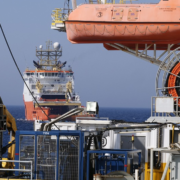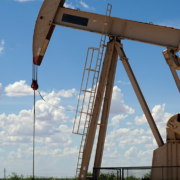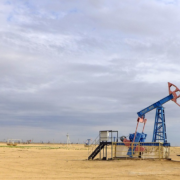Is it really too late to avoid a major oil supply crisis? There are a number of observable trends in oil supplies and by extension prices, presently. I am going to discuss one of them in this article. A lack of capital investment in finding new supplies of oil and gas. A favorite analogy of mine comes to mind, the ship is nearing the dock. In nautical parlance that means the time for course corrections is at an end. So we shall see if that is the case for oil.
The massive “ship” that is world oil demand is on an unalterable collision. It is with the supplies that have profound implications for consumers.
This key metric reveals what the future is likely to hold for our energy security. This will happen as the world continues to recover from the virus to those who will listen.
The level of drilling and by extension capital investment is insufficient. It has been for a number of years to sustain oil production at current levels. It’s no secret that even with the lower break-even costs for new projects thanks to cost-cutting.
This cover a lot of industry the last few years where oil extraction is a capital-intensive business.
The message to oil and gas companies has been pretty clear from the market, investment funds like Blackrock seeking green “purity” in the allocation of financing of new energy sources, and government edicts mandating carbon intensity reduction across the entire swath of society, and a transformation to renewable energy, that new supplies of oil and gas are not wanted.
Click here to read the full article.
Source: Oil Price
If you have further questions about major oil supply crisis, feel free to contact us here.










